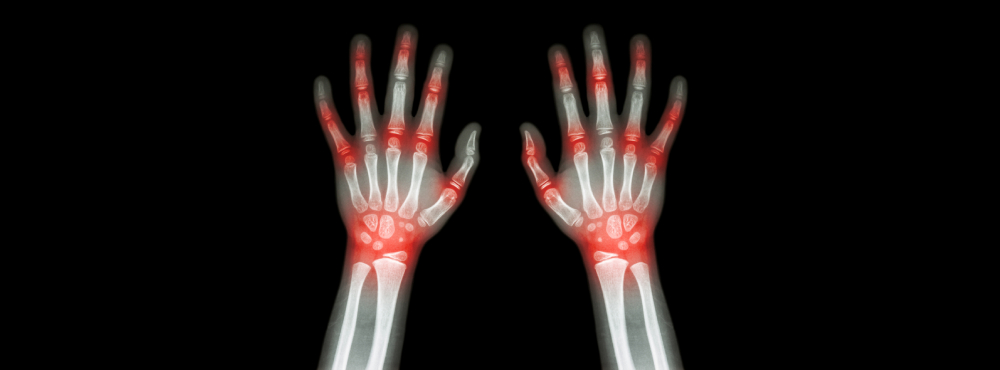Keeping Your Cast Dry: Tips for Effective Care and Protection
Dealing with a cast can be a challenging experience, but proper care is essential for a successful recovery. One of the most critical aspects of cast care is keeping it dry to prevent complications. In this blog, we'll explore effective tips on how to keep your cast dry and maintain optimal healing during the recovery period.
Why Keeping Your Cast Dry is Crucial
Keeping your cast dry is vital for several reasons:
Tips for Keeping Your Cast Dry
1. Use Waterproof Cast Covers
Invest in waterproof cast protectors or covers that are specifically designed to keep your cast dry during activities like bathing or swimming.
Reference: Nguyen S, McDowell M, Schlechter J: Casting: Pearls and pitfalls learned while caring for children's fractures. World J Orthop 2016;7:539-545
2. Seal the Cast During Showering
Utilize a plastic bag or plastic wrap for covering and seal the cast securely before taking a shower. Make sure to tape the edges tightly to prevent water from seeping in.
Reference: Nguyen S, McDowell M, Schlechter J: Casting: Pearls and pitfalls learned while caring for children's fractures. World J Orthop 2016;7:539-545
3. Elevate the Limb
While bathing, try to keep the casted limb elevated to minimize contact with water.
Reference: Loughenbury, P. R., Phillips, G. E., Porter, K., & Batra, S. (2014). A new device to help keep a plaster cast dry when showering. Annals of The Royal College of Surgeons of England, 96(2), 167.
4. Choose Waterless Cleansing Products
Use no-rinse wipes or waterless cleansing foams to clean the skin around the cast without getting the cast wet.
Reference: Ranabhat, H., Kim, C. B., Park, M. B., Yu, S. H., & Bae, J. S. (2020). Antimicrobial efficacy of different wound-cleansing agents on bacteria adhered to cast material. Journal of Infection and Public Health, 13(5), 731-735.
5. Avoid Heat Exposure
Heat can cause sweating, making the cast damp. Avoid exposing the cast to excessive heat or direct sunlight.
Reference: Kim, T. K., Kim, J. E., & Park, J. H. (2015). The effects of a short arm cast on skin temperature and surface microcirculation in healthy adults. Journal of Hand Therapy, 28(1), 74-81.
6. Regularly Check for Damage
Inspect the cast regularly for any signs of damage, including cracks or holes. If you notice any issues, contact your healthcare provider immediately.
Reference: Soubhagya, R. N., & Singh, H. (2014). Regular follow-up and its impact on the outcome of treatment in pediatric diaphyseal forearm fractures treated with closed reduction and plaster cast immobilization. Strategies in Trauma and Limb Reconstruction, 9(3), 173-179.
Conclusion
Ensuring your cast remains dry is essential for a smooth recovery and optimal healing. Utilize waterproof cast protectors and follow the mentioned tips to maintain the integrity of your cast and promote successful healing. Always adhere to your healthcare provider's recommendations and reach out to them in case of any concerns or issues during your healing process. Your comfort and well-being take precedence during this period.










